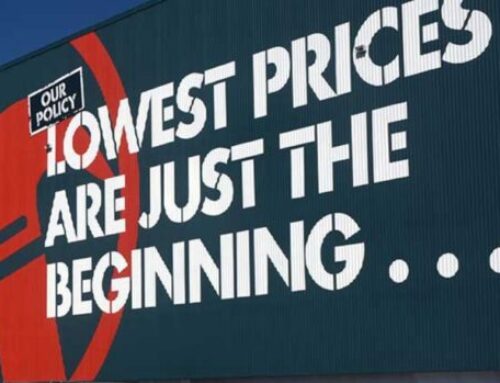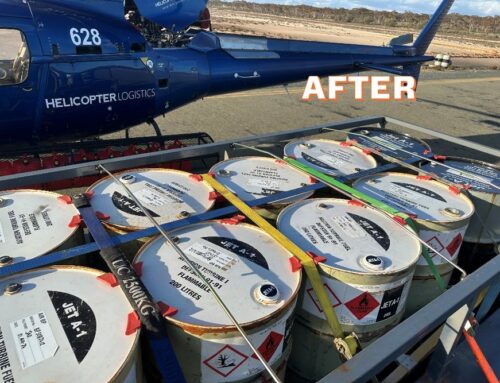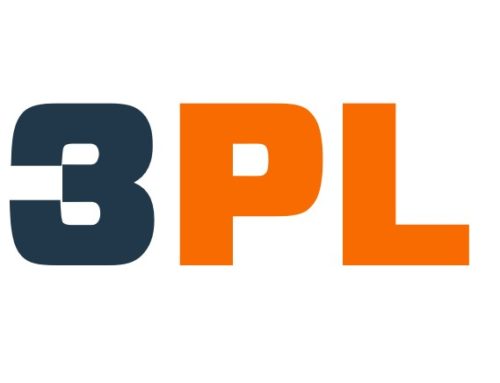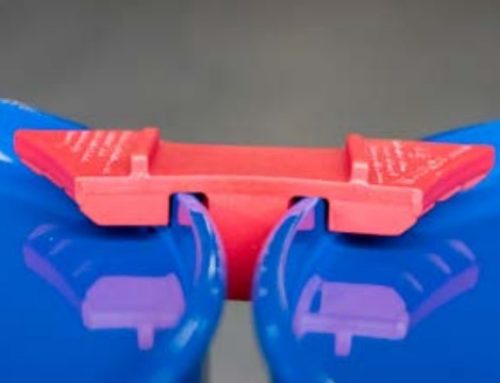Composite Strapping Buckles
Your Composite Strapping System is only as strong as your weakest link
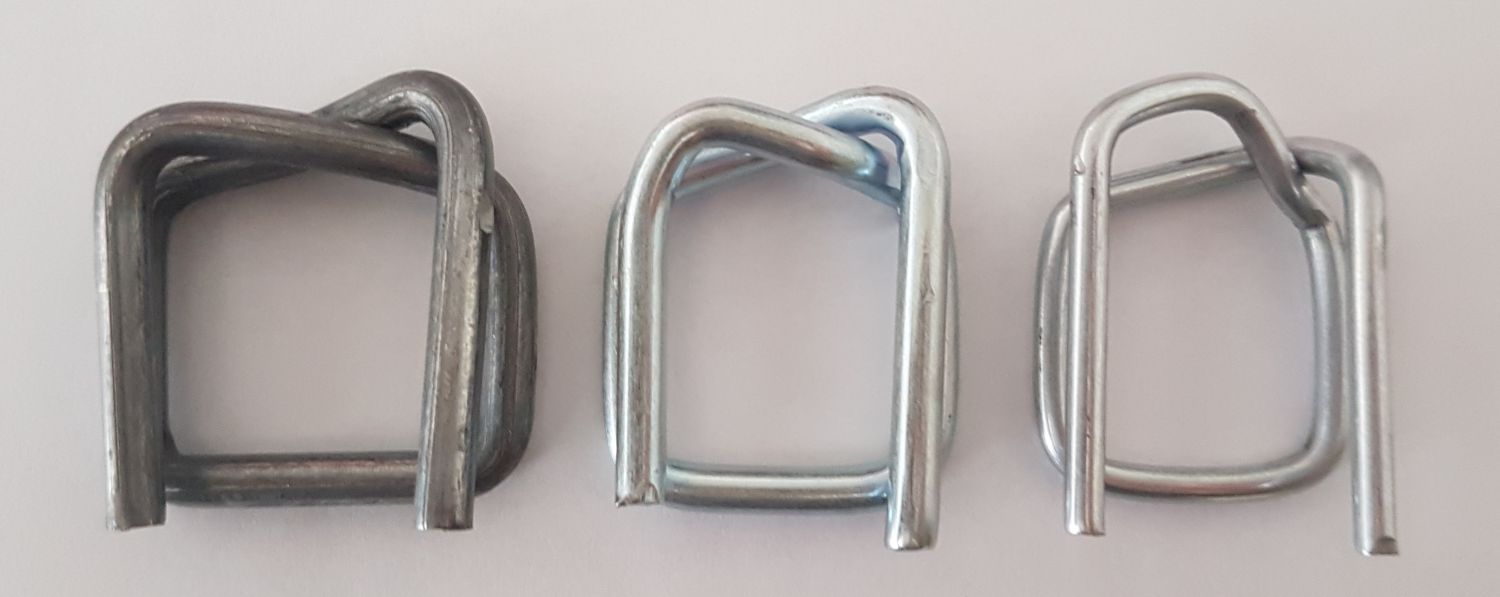
Cordstrap CB6S 19mm buckle on left, buckles in center and on right are from different suppliers in Australia
A composite strapping system is closed with a wire buckle. There is a wide variety of wire buckles in the market. The overall system breaking strength of your strapping system depends on the strength of this buckle. Allow me to explain.
In 1965 Cordstrap invented the corded strapping and buckle system. It was the first safe alternative for steel strapping and an instant success. Soon, offices all over the world were opened and today, Cordstrap is the undisputed global leader of strapping systems operating in 50+ countries.
Like Coca-Cola, the product soon became associated with the company name. Other companies started copying Cordstrap composite strapping and tried to benefit from Cordstrap’s success by naming their product Cord Strap, Cordstrapping or Corded Strapping. The majority of these copy products are made in China, India, and Turkey.
Not all composite strapping and buckles are created equal
We are regularly contacted by companies that are using “Cordstrap” composite strapping but are having issues. They like the idea of product (safe and strong), but it breaks, frays or is too stiff to work with. They were told by their supplier that it is “Cordstrap”, or the same quality as Cordstrap. Upon inspection, one can instantly see the difference in quality. This applies to the strapping and the buckles. Usually, an independent test certificate was not provided or a forged, heavily photoshopped certificate was shown.
Linear Strength vs. System Strength
There are 2 types of breaking strength; Linear breaking strength and System Breaking Strength. Linear breaking strength is the breaking strength of the strap itself. System breaking strength is the strap in combination with the joint closure, alias the buckle. You can have the strongest strap in the world, but if you have a weak joint, you end up with a weak system.
What is the point of using a 1200kg (linear breaking strength) strap, closed with a weak buckle that does not hold this strap together?? A 1200kg strap with a weak buckle will never give you a 1200kg system breaking strength!!!
Quality is important and you should always ask for a certificate.
Why you should always ask for a strength certificate
During an independent test, the linear breaking strength (only strap) and the system breaking strength (strap with buckle) are tested. ISO certified manufacturers, such as Cordstrap, perform daily tests and independent certification agencies such as DNV/GL show up unannounced to perform an official test.
Most re-sellers and industrial suppliers are just looking for the lowest prices and purchase strapping and buckles from different (copy) manufacturers. For this reason, you are lucky to receive a certificate for linear breaking strength (and often not even that).
However, you know now that linear breaking strength does not mean anything!
Generally, a buckle is the strongest joint closure of all types of strapping systems. Stronger than a crimp or a heat seal. However, there is a huge difference in quality of buckles. Just take a look at this photo that shows three 19mm buckles, all from different suppliers.

I recently visited a company that was using a copy Cordstrap with a 19mm buckle. The warehouse manager told me it was a system that was 1000kg strong because that’s what the packaging indicated. He told me they hated working with it because the strap kept breaking and the tool slipped on the strap.
I asked if I could take a look. When they showed me the strap, and especially the buckle, it was a no-brainer that there was no way this system breaking strength would be 1000kg and why it was not working for them.
I asked the warehouse manager to apply two straps, his and ours. When he had not even applied half the tension on his own strap that he had with the Cordstrap he already slipped on the strap and the buckles moved sideways.
Equally shocking was that he was being charged 56% more per roll and 35% extra for the buckles!
How to determine quality if it looks like a strong buckle?
In the previous example, it is a no-brainer why the buckle does not work. However, there are some copy buckles that appear to be of a decent quality and have the same wire steel thickness. Don’t be fooled though as the steel quality makes a huge difference.
Just test the buckle!
The legs of the buckle should close upon tensioning the strap. If the buckle is made of a good quality and hard steel, it will do this. If the buckle deforms, or the legs open (move up instead of down), an inferior quality soft wire steel was used. As you will understand, it is easier to fold/form a soft wire steel than a hard wire steel. When the legs don’t close properly (move down) you will have slip in your system in transit.
Cordstrap is the only composite strapping manufacturer who manufactures its entire product line in-house. This means a full control over the entire production process. We only source raw materials of the highest quality and you can trust that our buckles are made of a galvanized, hard steel of superior quality.
Ask for certificate and manufacturing company
Ask your supplier for a certificate that shows a system breaking strength. Ask them who the manufacturer is of their products and make sure this name is stated on the certificate. Beware if your supplier shows you a certificate with their name on it because there are no composite strapping manufacturers in Australia.
If you simply want the highest quality, tested and certified composite strapping system in the market today, simply order our Cordstrap products. Just get in touch with us if you like to learn more. We’d be happy to meet with you for an on-site demonstration or send you free samples.
With over 600 different strapping, lashing and buckle combinations ranging from 500kg up to 20,000kg in system strength we can meet all your shipping needs; strong, safe and cost-effective!



